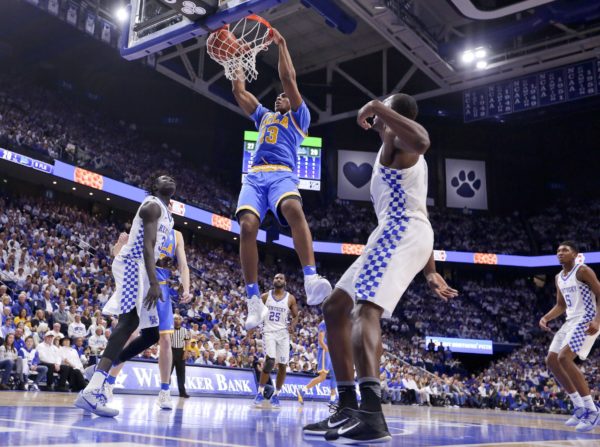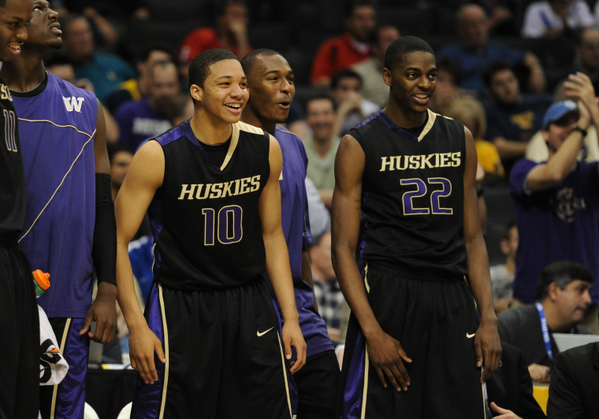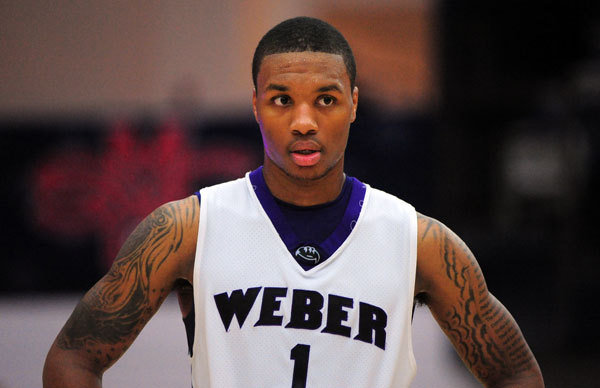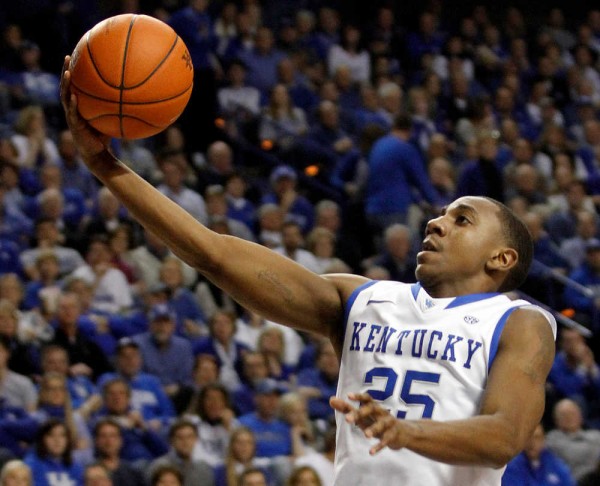In Hoops We Trust: Blue-Blooded Season
Posted by Joshua Lars Weill on December 15th, 2016One of the biggest changes in college hoops over the last 10 years has been the rise of several consistently strong mid-major programs to the status of legitimate national title contenders. George Mason first crashed the Final Four party in 2006 with a gutsy, emotional Elite Eight win over #1 seed Connecticut. That paved the way for the rise of Butler (2010, 2011), VCU (2011), and Wichita State (2013), each of which were led by dynamic young coaches building winning programs. Throw in the likes of Gonzaga, San Diego State and Xavier, and the growing parity brought with it added competitiveness and a widening of the NCAA hoops pie. But this year is all about the blue-bloods. Kentucky, Duke, Indiana, Kansas, North Carolina and UCLA are all in the AP top 10 for the first time since 1994. While some of those schools have maintained relevance over the intervening seasons, the simultaneous rise of the Hoosiers and Bruins augurs a shift back to the traditional power programs.
The “why” for this trend could very well be recruiting. Kentucky’s John Calipari was the first coach to truly embrace the one-and-done model of recruiting. The theory is basically that if you can gather the most talented players in the country — regardless whether all of them will be headed to the NBA after just one season — you should. Yes, there are challenges with youth, inexperience and with program continuity, but he proved with the 2012 National Championship and four Final Fours in five years that if you recruit the best players, challenge them in practice, and preach selflessness and defense, you can win. Mike Krzyzewski noticed and Duke jumped on board. Roy Williams also has a slew of McDonald’s All-Americans, and Bill Self has never shied away from recruiting one-year talents regardless of whether he plays them. UCLA this season joined the party with a pair of freshman All-Americans in Lonzo Ball and TJ Leaf. So far, Steve Alford‘s accumulation of talent has helped transform a formerly teetering program into the current #2 team in the country.
Conventional wisdom once held that experience trumps talent in the NCAA Tournament. This was the rationale for the VCUs, Butlers and Wichita States of the game. But as major programs blend experienced returnees with those talented NBA prospects, they often overwhelm their less athletic, overachieving rivals. So, does this early trend hold? That remains to be seen. Perhaps those talented freshmen will revert to traditional norms or hit the rookie wall as the long season works its way into spring. Or perhaps injuries will take a toll. Or maybe some of those power programs in smaller conferences will again crash the party. It wouldn’t be a shock. But so far this season, it’s been a feast for the rich. How fat they get we shall know in good time.














































